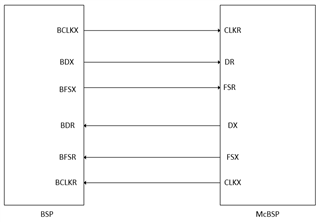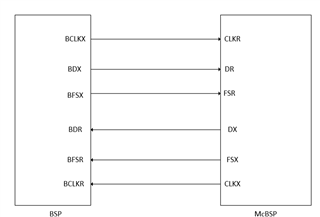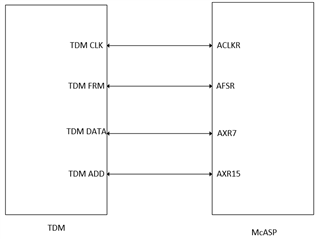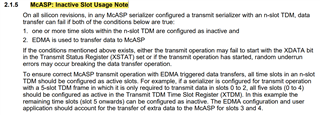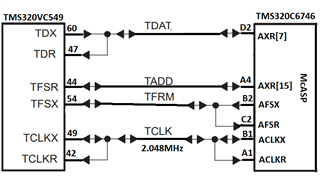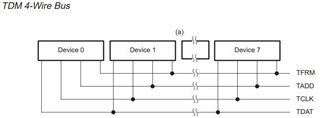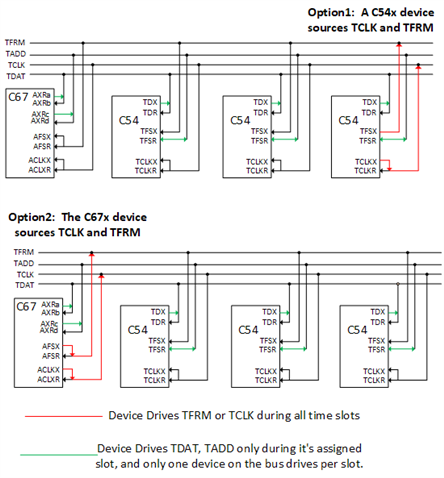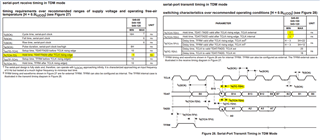Other Parts Discussed in Thread: TMS320LC548
Hello TI,
We are looking for a processor with 1TDM interface and 2 Buffered serial ports, and this part: TMS320C6746 DSP has 2McBSP ports and 1McASP port, which states that McBSP/McASP ports supports TDM interface.
So, could you please confirm how we can use this McBSP/McASP ports as TDM and as a Buffered serial ports?
Thanks,
Rajesh..




